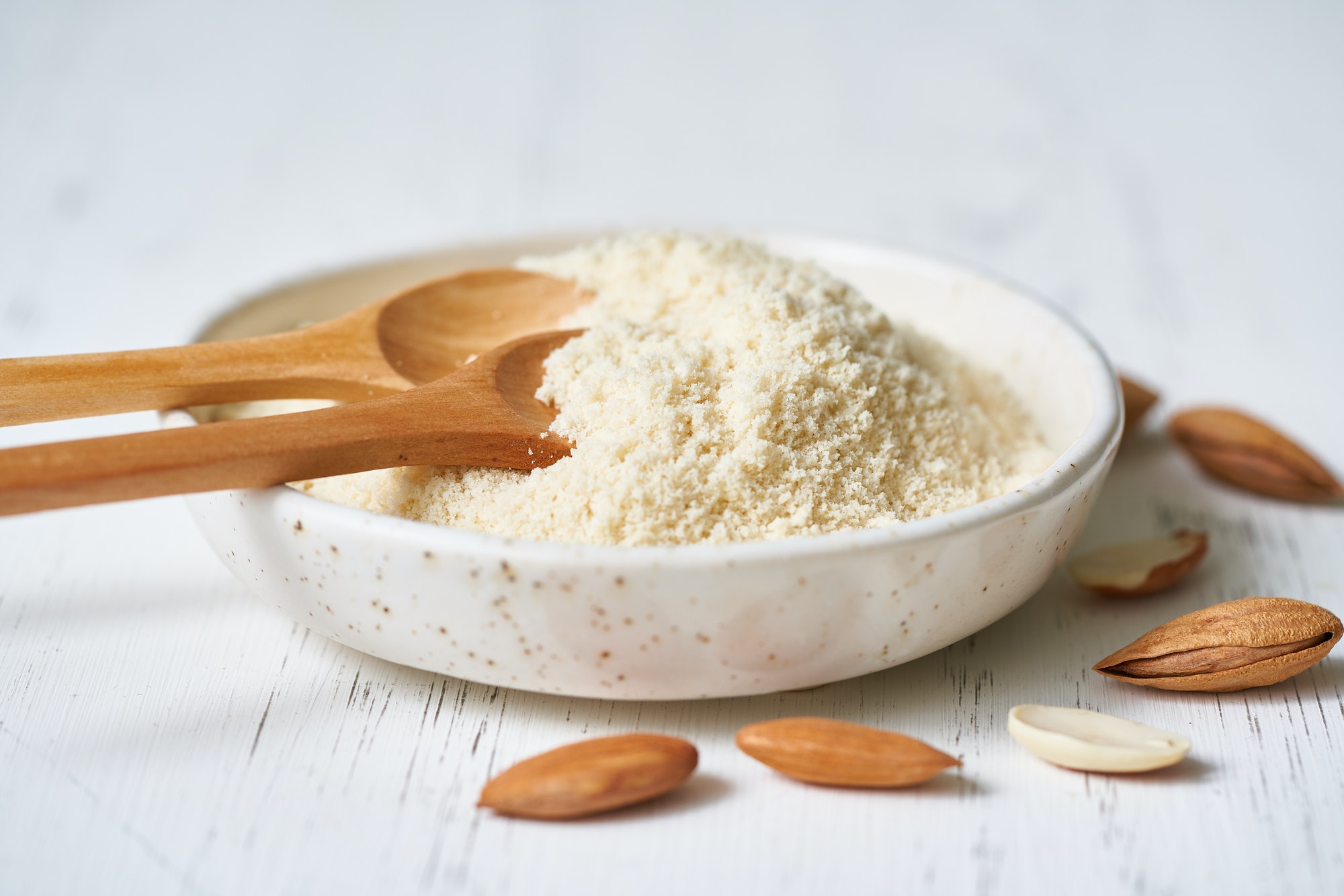This is a recipe on how to make self rising almond flour to use in other recipes. I would love to see what you make with it, send me pictures!
100% almond can technically replace 100% of the self-rising flour but will yield a greasy bake, so you may have to adjust your fat ingredients. Baking flour is keto-friendly, so you can add one and a half teaspoons of that into the flour to help it rise.

Share it on your social network: Or you can just copy and share this url
You need to or to bookmark/favorite this content.
This is a recipe on how to make self rising almond flour to use in other recipes. I would love to see what you make with it, send me pictures!
- 1 cup Finely Ground Almond Flour
- 2 tsp Baking Powder
- 1/4 tsp Salt
| 1 Done |
Combine all ingredients and put in air tight container, set aside to use as needed. |
How To Make Gluten Free Self Rising Flour
FAQ
What can I add to almond flour to make it rise?
What is the ratio of almond flour to self-raising flour?
Does almond flour rise like all-purpose flour?
What is the best substitute for self-rising flour?
How to make self rising almond flour?
Making your self-rising almond flour is very easy. You are simply combining almond flour with baking powder and salt. And that’s it! Make sure you store your flour in an airtight container unless you are using it immediately. It will last similar timeframes to regular almond flour. You can read how long almond flour lasts here.
Does oxalate exist in almond flour?
Yes, almonds contain a high concentration of oxalate, in 100 g of roasted almonds there are 469 mg of oxalate. Consuming with yogurt or milk can reduce absorption, as the calcium present in these foods binds to oxalate, promoting its elimination in the feces.
Are there nutritional differences between self rising almond flour and regular flour?
Yes, there are nutritional differences between self-rising almond flour and regular self-rising flour. Almond flour is higher in healthy fats, protein, and fiber compared to regular flour. It also contains essential vitamins and minerals, such as vitamin E and magnesium.
Can you store self rising almond flour?
Yes, you can store the self-rising almond flour substitute in an airtight container in a cool, dry place. However, keep in mind that almond flour has a higher fat content compared to traditional flour, which means it can go rancid more quickly.
